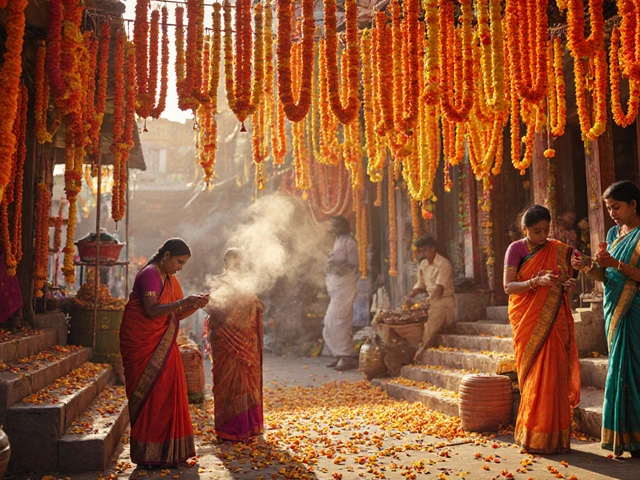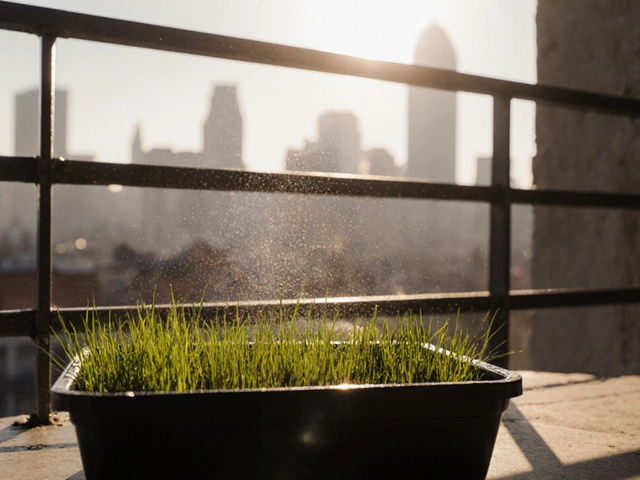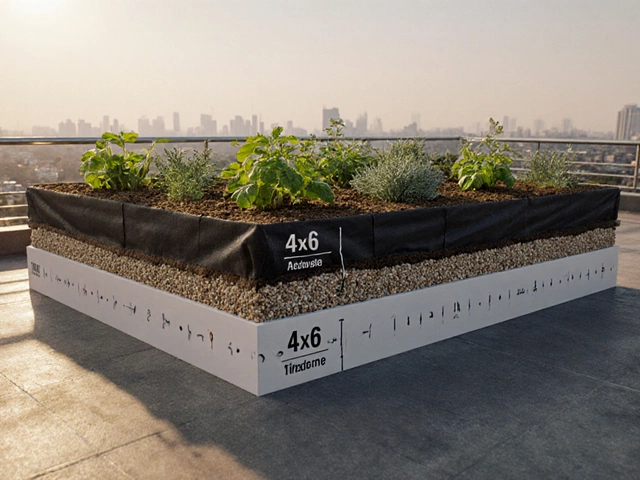Sustainable Building: Simple Steps for a Greener Home and Garden
Want a house that feels good to live in and doesn’t waste resources? You don’t need a massive overhaul. Small changes in how you build, plant, and manage water can turn any property into a sustainable spot. Below are easy, affordable ideas you can start using right now.
Water‑Smart Design
Water is the biggest hidden cost in most homes. Switch to drip irrigation for garden beds and planters – it drops water right where the roots are, cutting waste by up to 70%. If you’re digging a new lawn, bury the drip lines 6‑8 inches deep; that protects them from sun and foot traffic while keeping the flow steady. Use a rain barrel to catch roof runoff and hook it up to your drip system. Even a small 200‑liter barrel can water a vegetable patch for weeks.
Inside, let tap water sit for an hour before using it on houseplants. The pause lets chlorine evaporate, keeping foliage healthier. And don’t forget to check the soil before you water – if the top inch feels moist, hold off. Simple habits like these stop over‑watering and keep your plants thriving.
Eco‑Friendly Materials & Practices
When you’re picking building materials, go for locally sourced bamboo, reclaimed wood, or mud bricks. They need less energy to transport and often have lower carbon footprints than concrete. For flooring, consider cork or reclaimed tiles – they’re durable and look great.
In the garden, choose native plants that love your climate. They need less fertilizer and water, and they attract local pollinators. Pair them with compost made from kitchen scraps and garden waste. A compost heap reduces landfill waste and gives your soil a nutrient boost, so you can ditch chemical fertilizers.
If you need pest control, skip harsh chemicals. Instead, spray neem oil, introduce ladybugs, or plant marigolds that repel nematodes. These natural tricks keep your garden safe for birds, bees, and your family.
Light matters too. Install LED strips in rooms and solar‑powered path lights outside. They lower electricity bills and cut your carbon footprint without sacrificing brightness.
Putting all these pieces together doesn’t have to be a project that spans years. Start with one area – maybe swap your lawn’s sprinkler for a drip system – and add more steps as you go. Over time, you’ll notice lower water bills, healthier plants, and a home that feels more in tune with nature.
Ready to make your building greener? Pick a tip from above, try it this weekend, and watch the difference. Small actions add up, and before you know it, your house and garden will be a proud example of sustainable building.
Eco-Friendly Home Designs: Building for a Sustainable Future
Building an environmentally friendly house means considering not just the materials used, but also how they work within their environment. From cob structures to modern earth-sheltered designs, each offers unique benefits for energy efficiency and resource conservation. This article explores various sustainable building methods and how they integrate with eco-conscious gardening practices. Aligning your home with nature not only reduces your carbon footprint but also enhances your quality of life.
About
Sustainable Gardening
Latest Posts


Eco-Friendly Home Designs: Building for a Sustainable Future
By Alden Thorne Dec 2, 2024

How to Grow Grass on a Balcony: Step-by-Step Guide
By Alden Thorne Oct 9, 2025

Optimal Soil Depth for Rooftop Gardens - How Deep Should It Be?
By Alden Thorne Oct 23, 2025

